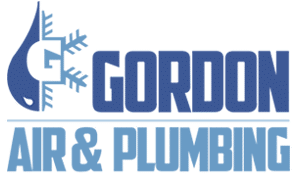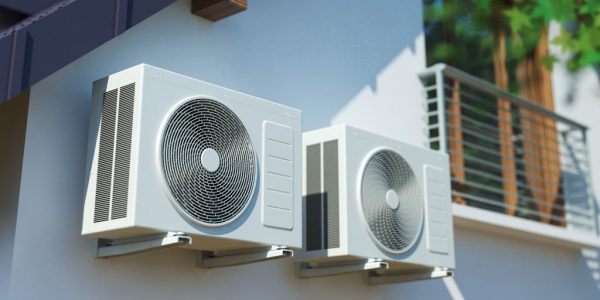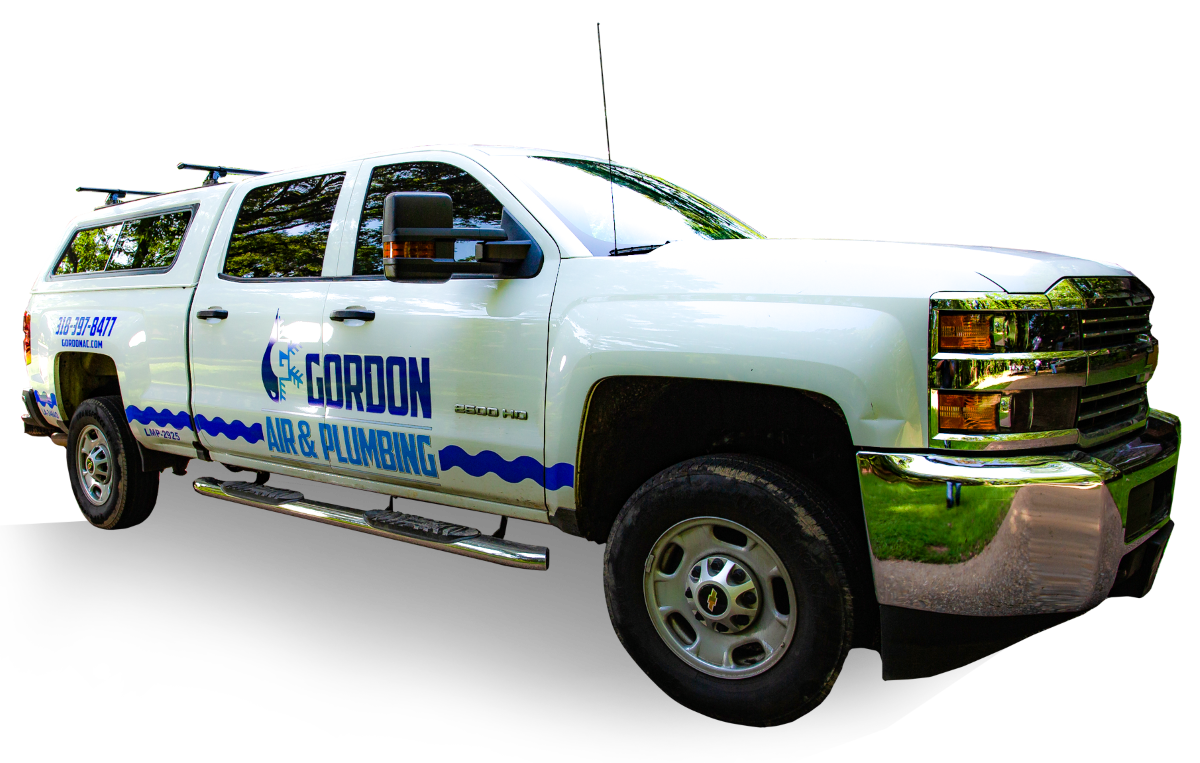An efficient and effective air conditioning system is essential to your comfort in the hot summer months. And while most AC systems are a part of your more extensive HVAC system, it is vital that you understand the basics of the air conditioning side of the system. This information can be beneficial if you have cooling problems or are interested in upgrading your AC components for a higher comfort level in your home. We will outline each of the five main parts and their functions below.
The Compressor
The compressor is viewed as the engine of an AC system. The compressor’s main job is to convert low-pressure gas into a high-pressure gas, which also has a high temperature. In this process, the gap regions between molecules get narrowed down, creating energized gas. From here, the energized gas or refrigerant comes out of the compressor to enter the condenser. While this sounds very complicated, an air conditioner works much like a refrigerator. It takes the heat in your home and transfers it to the warmer outside environment.
The Condenser Coil
A fan fits into the condenser coil, which cools down the high-pressure gas and converts it back into a liquid. This product is now taken to the next part of the air conditioner component called the evaporator. The compressor and condenser are the large units that are located on the outside of your house. Because the fan must cool the gas, it is vital that it can always operate with peak airflow. This is why it is important to keep obstructions at least two feet away from the exterior portion of your AC unit.
The Evaporator
This piece of equipment is located inside the house. The evaporator is typically found near the furnace. It is connected to the condenser with a very thin pipe. The high-pressure gas, which is now transformed into the low-pressure liquid, reaches this air conditioning system section. The decreasing pressure in this section turns the liquid into a gas again. The working fluid or refrigerant takes away the heat from the air and cools it off. Next, the working fluid comes out of the evaporator in the form of a gas to again get compressed by the compressor. This process continues cyclically to continue to remove the heat from the air inside your home and release it outside.
The Air Handler and Blowing Unit
These are the two parts of the system which work together to draw room air to the evaporator and distribute the cool air back out through your house. With the help of your home’s ductwork, this cool and pleasant air can reach all of the living areas of your home in an efficient manner.
The Thermostat
This component is what allows you to select a temperature for your home. It monitors the current temperature and also turns on the air conditioner when the temperature inside your home exceeds your ideal temperature setting. In the past, these were very basic devices. However, today’s programmable thermostats offer many features and functions that increase your comfort level and increase the energy-efficiency of your air conditioning system. Different programs can be set up to run on various days, such as cooler on the weekends when you are home all day versus during the week when you are at work.
One More Critical Item
There is one more item that is very important to the proper function and longevity of your AC system. The air filter on your air conditioner is designed to filter out dust and dirt particles from the air before they enter the unit. This feature is essential in preventing damage to the internal components of your AC. But because the filter’s job is to capture debris, it is crucial to replace it as soon as it becomes covered with dust. Without regular replacement, the filter will become cakes with dirt and limit the airflow into your air conditioner. This will substantially shorten the life of the unit and its ability to cool your home.
If you notice any issue with your AC this season, call (318) 202-9144 to schedule an appointment with the pros at Gordon AC & Plumbing.



